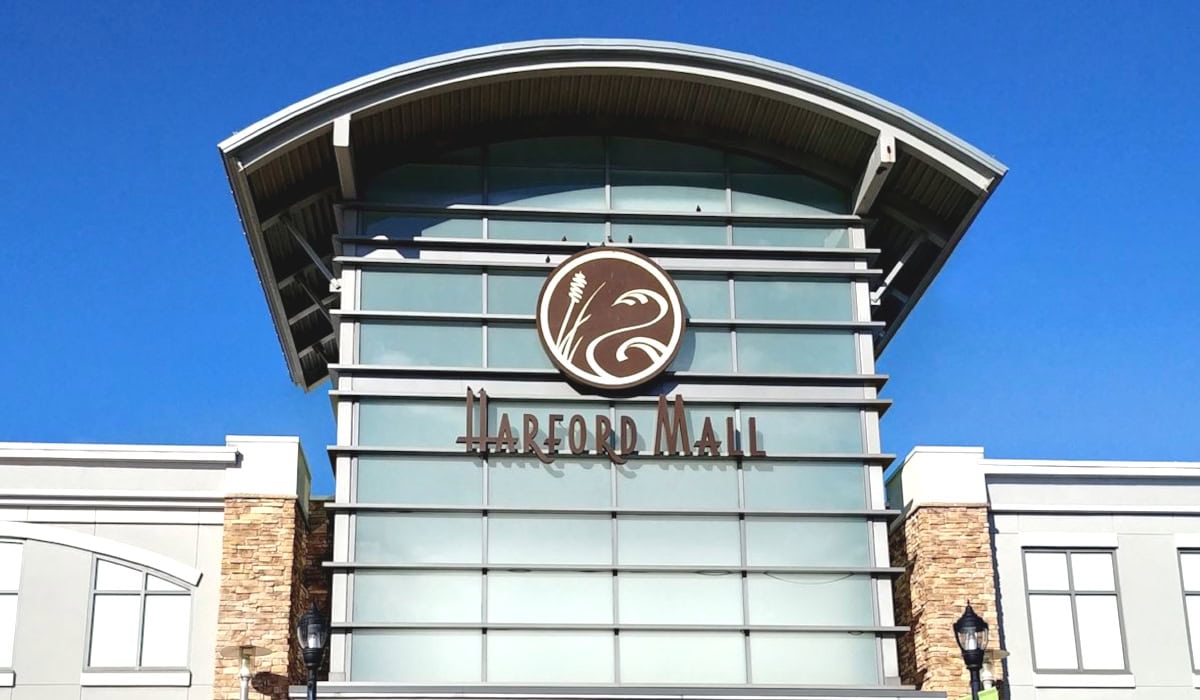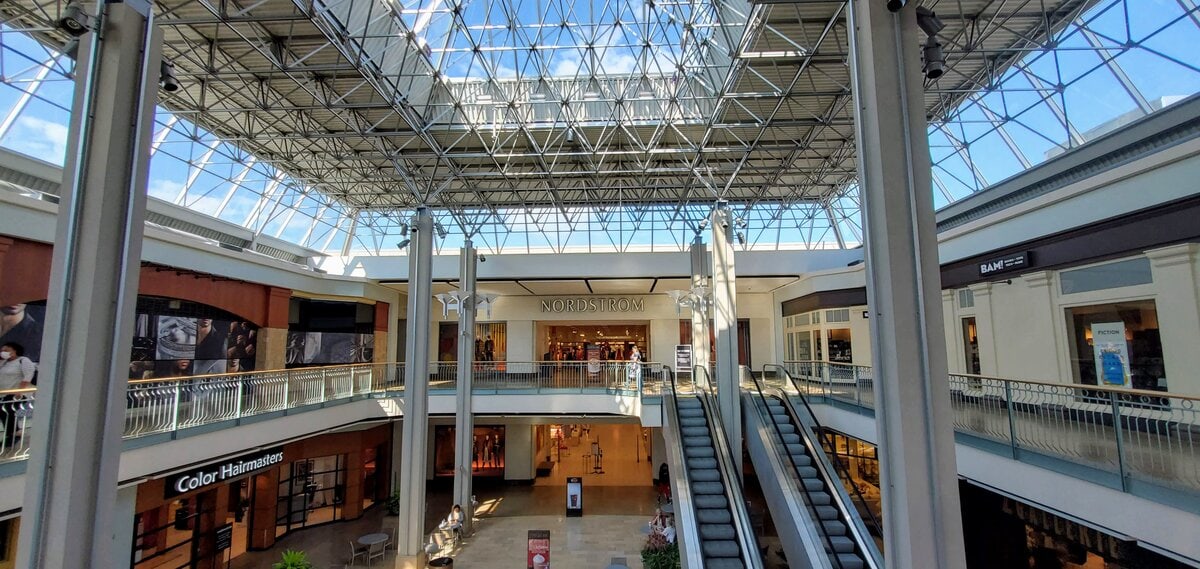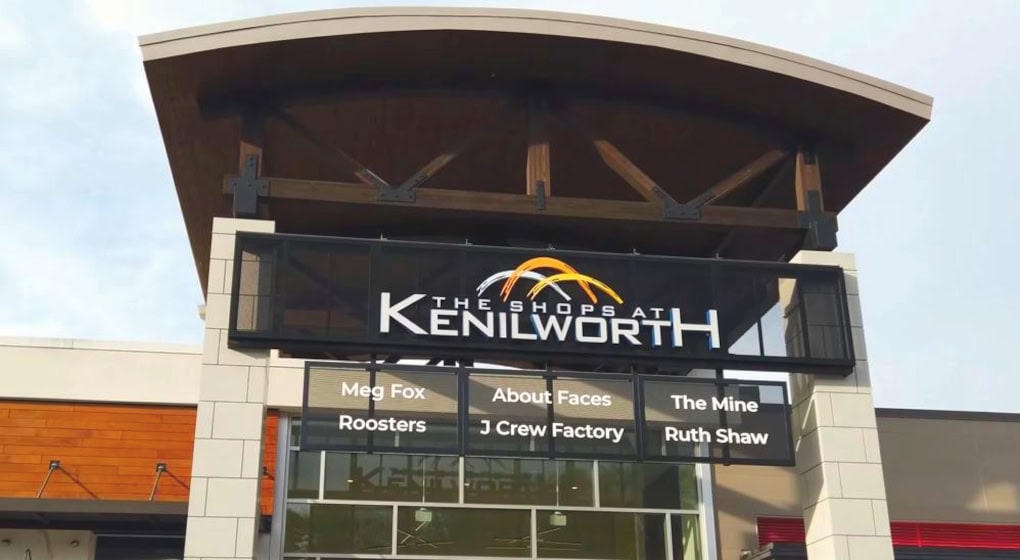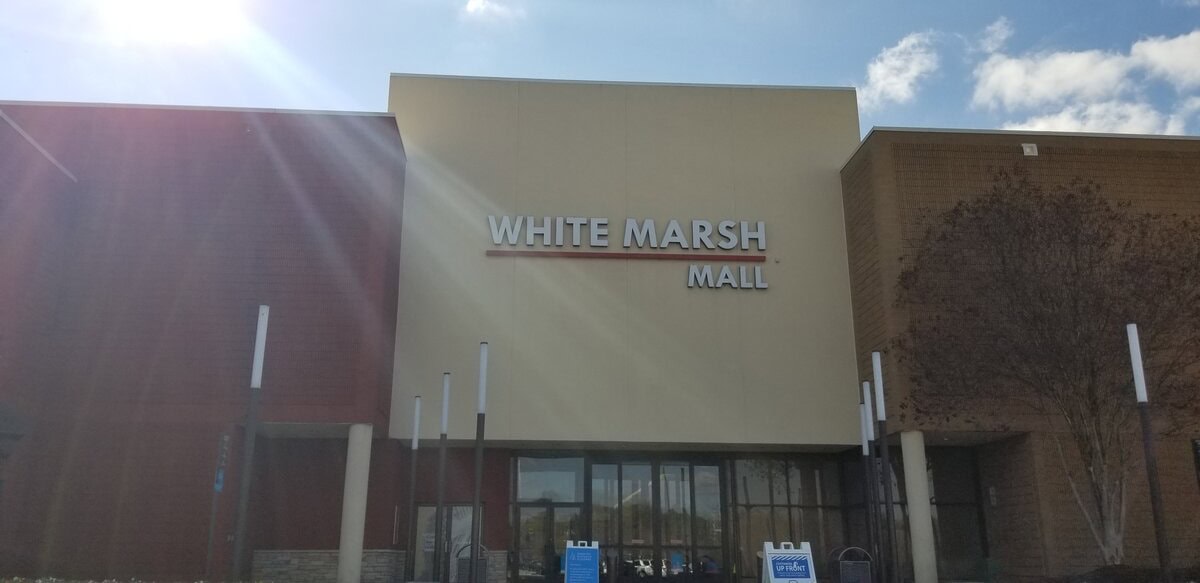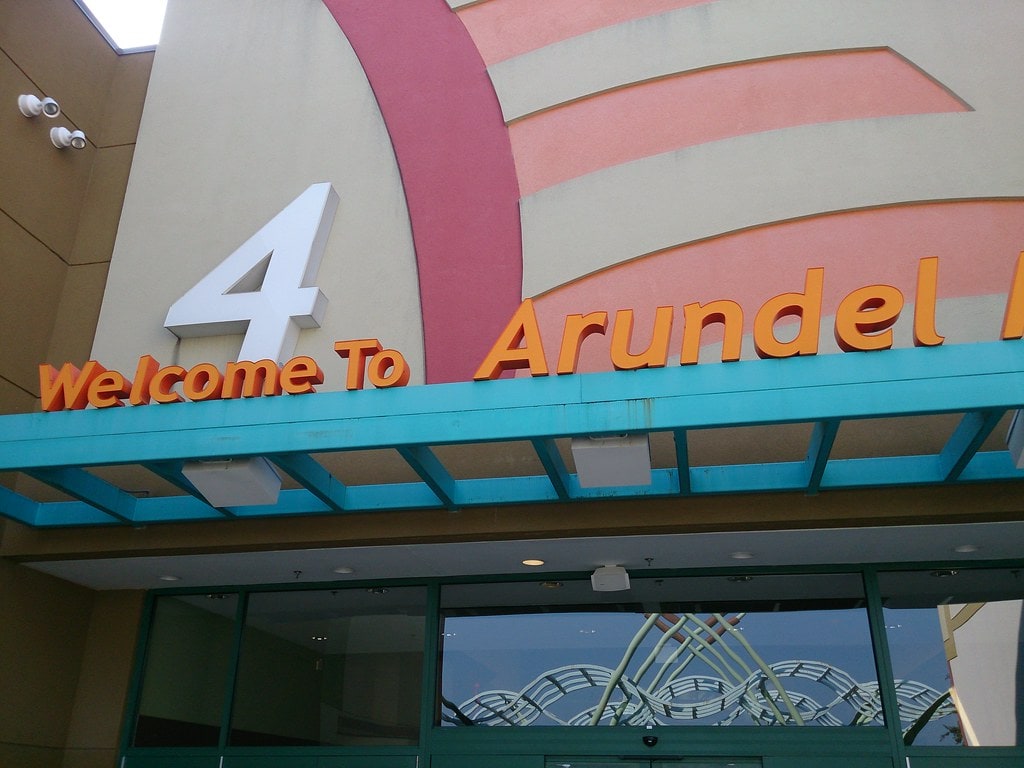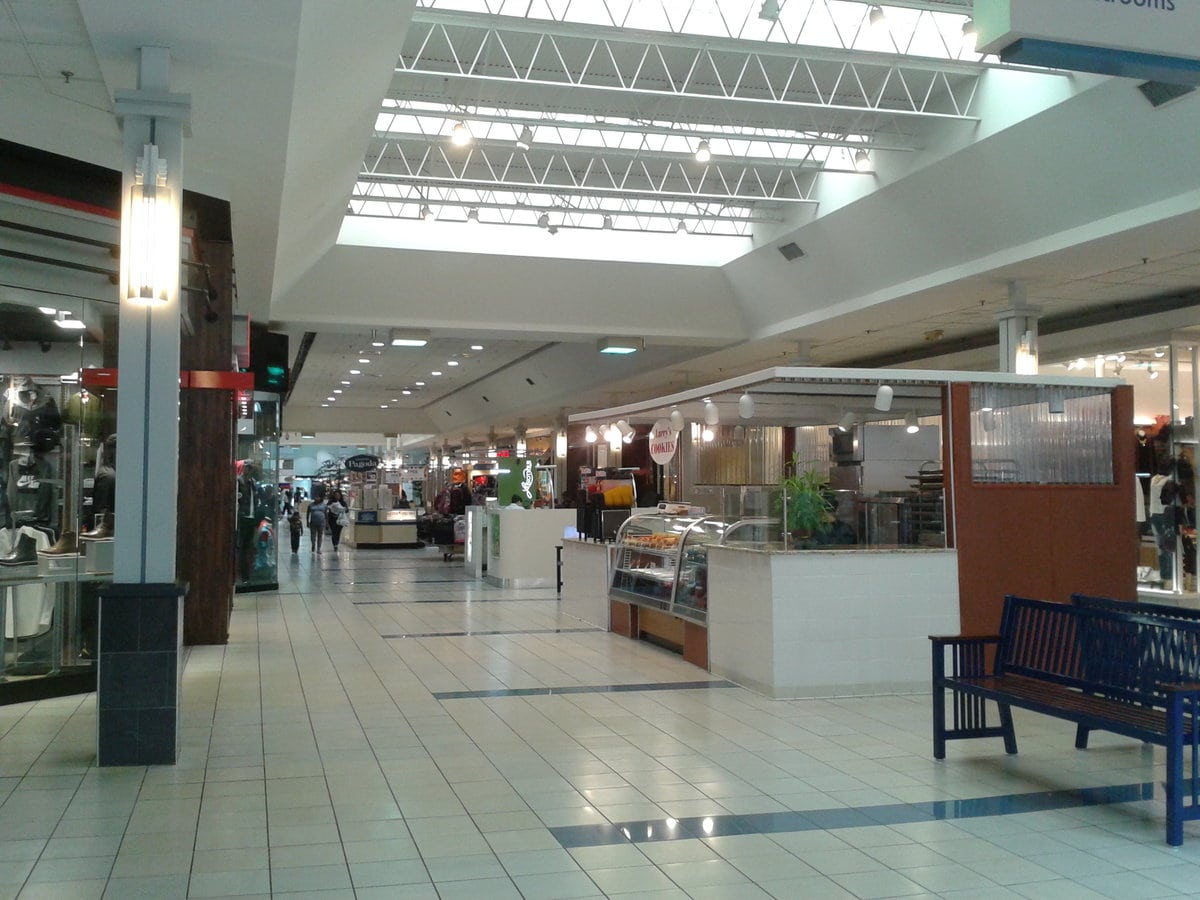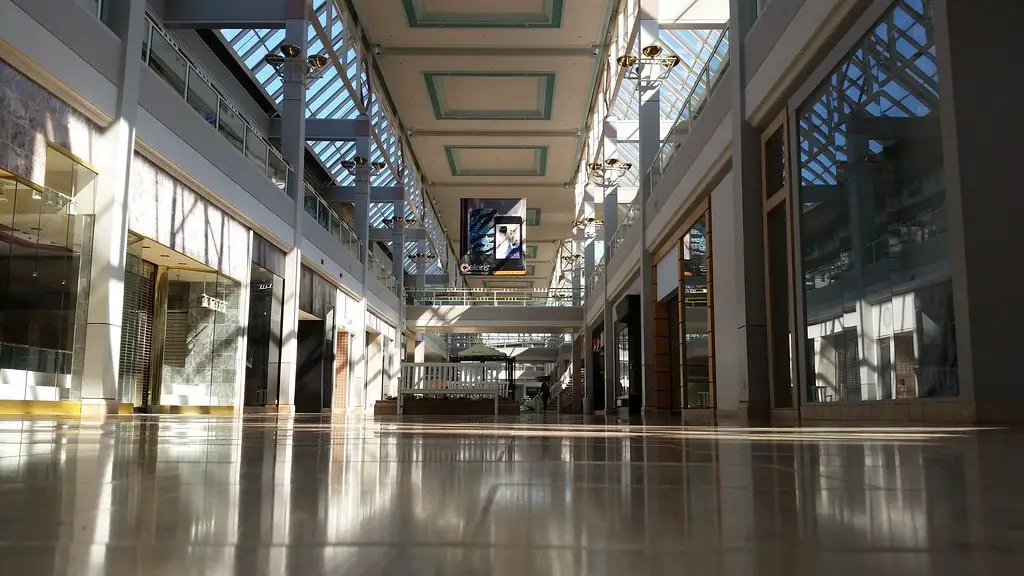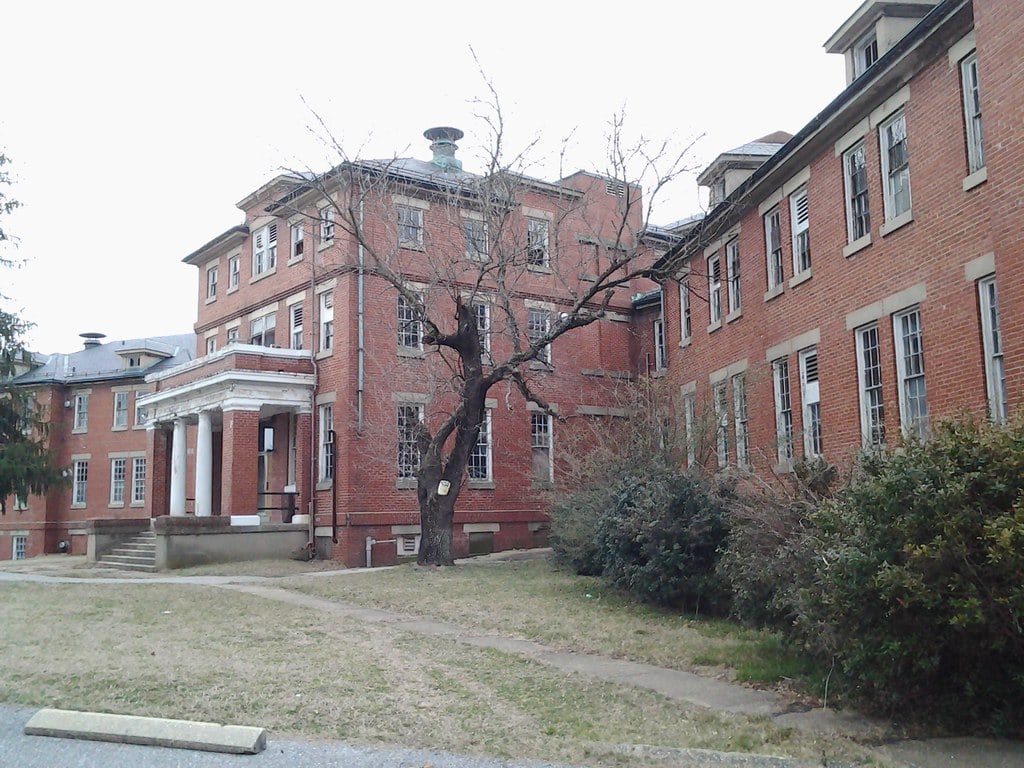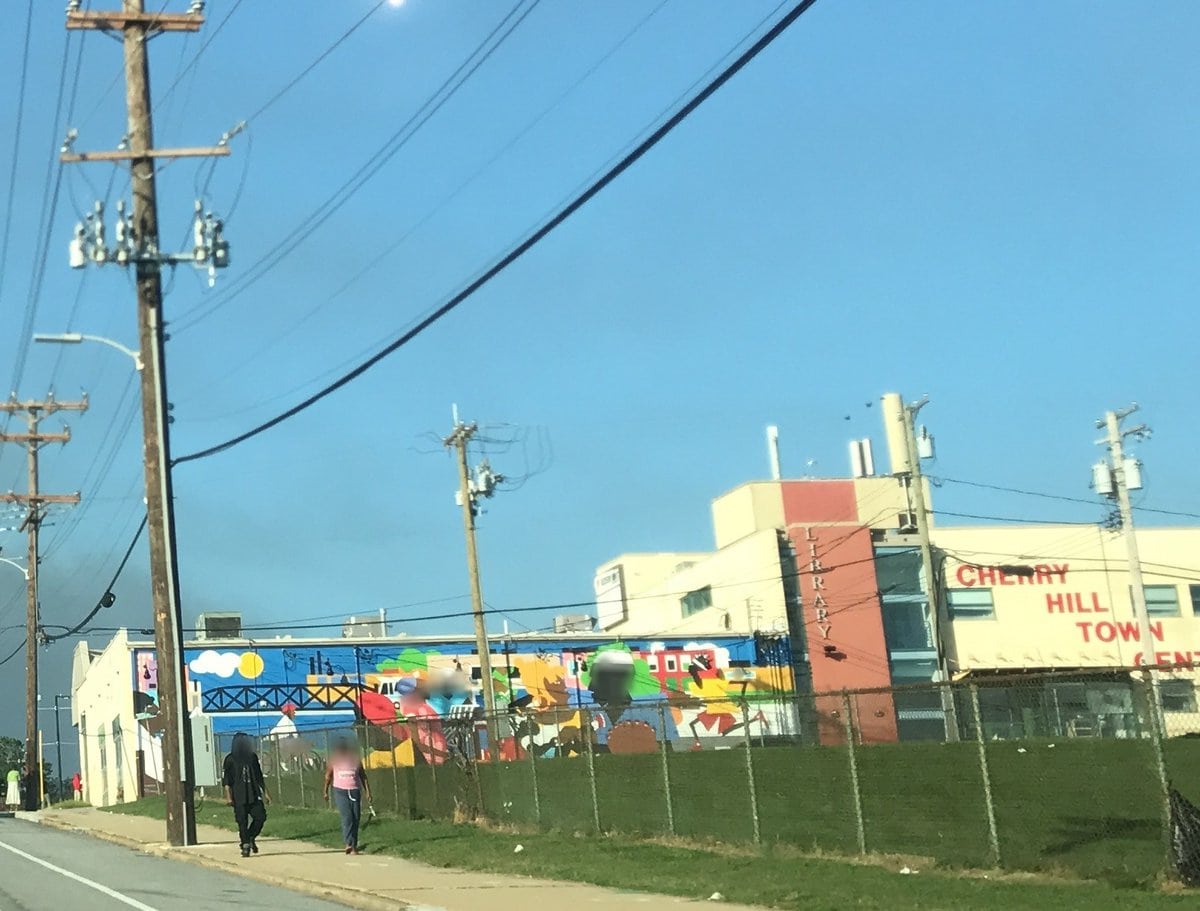Cherry Hill, Baltimore: A Neighborhood with a Story
Cherry Hill sits on the southern edge of Baltimore, a place with deep history, strong community ties, and its fair share of challenges. Over the decades, it has faced economic struggles, crime waves, and housing issues. At the same time, it remains home to families who have lived there for generations, working to improve the area through grassroots efforts and community programs.
The neighborhood is best known for its affordable housing, easy access to public transportation, and waterfront views along the Middle Branch of the Patapsco River.
It's also home to MedStar Harbor Hospital and local landmarks like the Middle Branch Fitness and Wellness Center.
But the area has long been plagued by violent crime, struggling schools, and high unemployment.
Despite its problems, Cherry Hill has seen ongoing efforts to turn things around.
Community-led anti-violence programs, investment in recreation spaces, and educational initiatives have made some progress.
But the road ahead is uncertain, and the challenges remain real. To understand Cherry Hill today, it's important to look at its past, its people, and the forces shaping its future.
A Brief History: From a Segregated Past to Today
Cherry Hill was built in the 1940s as a planned community for Black veterans returning from World War II.
At the time, segregation laws kept them from moving into many other parts of Baltimore, so the city developed Cherry Hill as a separate neighborhood.
Over the next few decades, it expanded with more housing and public facilities, but economic struggles and crime started creeping in by the 1960s.
By the 1980s and 90s, Cherry Hill had one of the highest crime rates in Baltimore, and many families faced poverty.
Public housing developments grew, but investment in jobs and education lagged. In recent years, community-led efforts and city-backed programs have aimed to reverse these trends.
While the neighborhood still faces major challenges, projects focused on youth education, crime prevention, and new public spaces have started reshaping the area.
Crime and Safety: Is It a Dangerous Area?
Crime has been a long-standing problem in Cherry Hill, especially violent crime.
For years, it ranked among Baltimore's roughest neighborhoods, with high rates of shootings, robberies, and drug-related incidents.
In the early 2000s, it wasn't unusual to hear about multiple homicides in a single month.
In response, programs like Safe Streets started working directly with at-risk individuals to mediate conflicts before they turned deadly.
Community patrols and anti-violence initiatives have helped bring crime numbers down compared to past decades.
That said, crime remains a concern, and many residents feel the need to stay cautious, especially at night.
Police presence has increased in certain areas, but trust between law enforcement and the community is mixed.
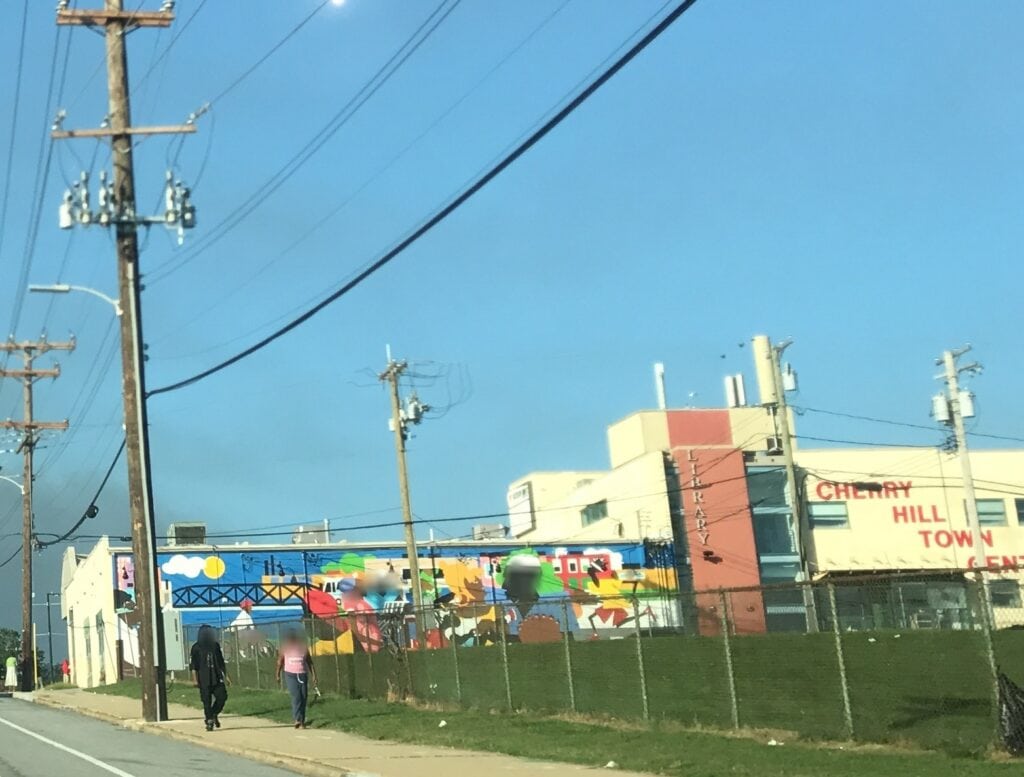
Housing and Cost of Living
Cherry Hill is one of the most affordable places to live in Baltimore. The median home price sits around $83,000, much lower than other parts of the city.
Rent averages about $800 per month, making it a realistic option for low-income families.
Housing types range from old row homes to large public housing complexes like Cherry Hill Homes, which has over 1,000 units.
Some houses are in decent shape, but others have aging infrastructure, and maintenance can be an issue.
Recent development projects have focused on renovating older homes and improving public housing conditions, but progress is slow.
With affordability comes trade-offs; some parts of the neighborhood still deal with vacant properties and poorly maintained buildings.
Local Economy and Job Market
Job opportunities in Cherry Hill are limited, and unemployment rates are higher than in many other parts of Baltimore.
Many residents rely on low-wage work or public assistance to survive. The area has a few major employers, including MedStar Harbor Hospital and DeBaufre Bakeries, the makers of Baltimore's famous Berger Cookies.
Beyond that, most people commute to other parts of the city for work. Public transit makes that possible, but it adds extra time and expense to daily life.
Small businesses do exist, but they aren't as common as in other Baltimore neighborhoods.
Some programs aim to bring more jobs to the area, but economic struggles remain a reality for many households.
Public Transportation and Accessibility
Getting around Cherry Hill is easier than in some other parts of Baltimore. The area is served by multiple MTA bus routes, including routes 26 and 71, which connect to key areas like downtown and the Inner Harbor.
The Cherry Hill Light Rail stop also offers a direct link to downtown and BWI Airport.
Major roads like Hanover Street and Potee Street make driving fairly straightforward, though traffic can slow things down, especially during rush hour.
While public transit options are available, reliability can be hit or miss. Many residents depend on buses, but long wait times and delays are common complaints.
Education and Schools
Public schools in Cherry Hill have struggled with low performance and limited funding.
Cherry Hill Elementary/Middle and New Era Academy serve most of the area's students, but test scores and graduation rates often fall below city and state averages.
Many families seek better options outside the neighborhood if they can.
One promising program is P-TECH at New Era Academy, which offers students a direct path into careers in port logistics.
This initiative partners with the Baltimore Port Alliance, giving students hands-on experience and job opportunities after graduation.
While challenges in the education system remain, these programs give some students a better chance at success.
Parks, Recreation, and Things to Do
Cherry Hill has a few standout recreational spots. The Middle Branch Fitness and Wellness Center, a new facility with indoor and outdoor pools, has become a hub for local families.
It offers fitness programs, community events, and a space for kids to stay active.
The neighborhood also has access to waterfront parks along the Middle Branch of the Patapsco River, offering green space and scenic views.
Annual events like the Cherry Hill Arts & Music Waterfront Festival bring people together to celebrate local culture.
While Cherry Hill doesn't have as many entertainment options as other Baltimore neighborhoods, these public spaces help bring life to the community.
Pros and Cons of Cherry Hill
Pros:
- Affordable housing
- Strong community involvement
- Decent access to public transportation
- Recent investments in recreation and public spaces
Cons:
- Crime, particularly violent crime, is still a problem
- Limited economic opportunities
- Aging infrastructure in many parts of the neighborhood
- Struggling public schools
Final Thoughts
Cherry Hill has a complicated past and present. It's affordable and well-connected, but still struggles with crime, economic hardship, and underfunded services.
Community-led initiatives and investment in infrastructure are helping, but there's a long way to go.

